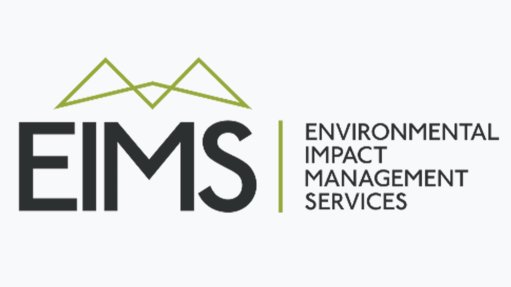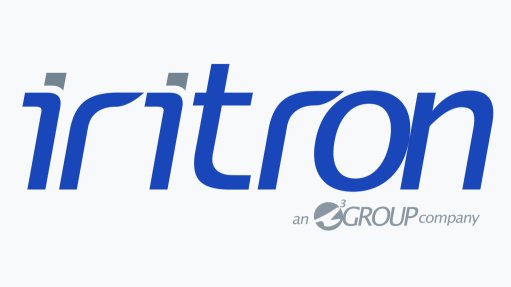Global atlas of freshwater life will use eDNA to tackle extinction crisis
A global atlas of freshwater life will use environmental DNA, or eDNA, to tackle the extinction crisis through the eBioAtlas programme, which will gather data at scale to support conservation, unlock investment and inform world biodiversity policy.
The International Union for Conservation of Nature (IUCN) and NatureMetrics on June 17 announced a partnership to combat the extinction crisis by using cutting-edge DNA technology to create a global atlas of the state of life in rivers and wetlands of world importance.
The eBioAtlas programme will target areas threatened by climate change and development, and rapidly fill in critical gaps in knowledge to support conservation efforts, unlock business investment to protect the natural world and build a rich databank to inform global policy to reverse the rapid decline in biodiversity.
The first three years will see 30 000 water samples collected from dozens of areas of critical conservation importance, such as the Amazon, the Ganges, the Mekong Delta and the Niger Delta, after which NatureMetrics will analyse the eDNA to identify the range and distribution of species in each ecosystem.
Environmental data comprises traces of DNA left in the water by fish, birds, amphibians and land animals.
IUCN and conservation organisations, like Flora and Fauna International, will work with local partners and citizen scientists to conduct sampling in the various countries and regions.
One of the first projects will be funded by the Footprint Coalition, which was founded by actor and entrepreneur Robert Downey Jr, and which supports the adoption of environmental technology.
Freshwater habitats are disproportionately important for biodiversity and communities worldwide and cover 1% of the earth’s surface but are home to 10% of known animals, 30% of vertebrates and over 50% of fish.
Freshwater fish are a crucial source of protein for over 200-million people and provide jobs for about 60-million people, yet they are among the world’s most threatened habitats, the IUCN laments.
Action to protect the world’s rivers and wetlands and the life they support is urgent, the organisation avers, but adds that there is limited knowledge about the status and distribution of species.
“Building a clear picture is vital to raise conservation funding, target action effectively and measure progress,” the IUCN avers.
“eDNA is a game changer because it allows surveys to be done much faster and it has the potential to pick up much more information than through conventional sampling,” says IUCN freshwater biodiversity unit head Will Darwall, who adds that a third of the world’s freshwater fish are threatened.
He laments that if nothing changes in the way freshwater environments are managed, “these species are headed for extinction”.
“We need a full-scale bio-blitz using eDNA to rapidly get new and updated information about where freshwater fish live all over the world so we can bring it into the mainstream of conservation and environmental management and policy efforts,” he stresses.
The Footprint Coalition is funding a survey of the Malagarasi-Moyovosi wetland in Tanzania, where it drains into Lake Tanganyika, and is a recognised centre of world biodiversity second only in scale to Botswana’s Okavango delta.
The project will provide the knowledge base to develop a plan to protect its wildlife from the pressures of hydropower development, agriculture and deforestation.
IUCN will manage the eBioAtlas programme, and sampling will be coordinated by its own offices in 50 countries around the world and by international nongovernmental organisations with a strong presence in areas that are priorities for conservation.
Over 1 000 local people will be trained to carry out sampling.
NatureMetrics, meanwhile, will supply its easy-to-use sampling kits, which allow nonspecialists to collect high-quality samples.
Article Enquiry
Email Article
Save Article
Feedback
To advertise email advertising@creamermedia.co.za or click here
Comments
Announcements
What's On
Subscribe to improve your user experience...
Option 1 (equivalent of R125 a month):
Receive a weekly copy of Creamer Media's Engineering News & Mining Weekly magazine
(print copy for those in South Africa and e-magazine for those outside of South Africa)
Receive daily email newsletters
Access to full search results
Access archive of magazine back copies
Access to Projects in Progress
Access to ONE Research Report of your choice in PDF format
Option 2 (equivalent of R375 a month):
All benefits from Option 1
PLUS
Access to Creamer Media's Research Channel Africa for ALL Research Reports, in PDF format, on various industrial and mining sectors
including Electricity; Water; Energy Transition; Hydrogen; Roads, Rail and Ports; Coal; Gold; Platinum; Battery Metals; etc.
Already a subscriber?
Forgotten your password?
Receive weekly copy of Creamer Media's Engineering News & Mining Weekly magazine (print copy for those in South Africa and e-magazine for those outside of South Africa)
➕
Recieve daily email newsletters
➕
Access to full search results
➕
Access archive of magazine back copies
➕
Access to Projects in Progress
➕
Access to ONE Research Report of your choice in PDF format
RESEARCH CHANNEL AFRICA
R4500 (equivalent of R375 a month)
SUBSCRIBEAll benefits from Option 1
➕
Access to Creamer Media's Research Channel Africa for ALL Research Reports on various industrial and mining sectors, in PDF format, including on:
Electricity
➕
Water
➕
Energy Transition
➕
Hydrogen
➕
Roads, Rail and Ports
➕
Coal
➕
Gold
➕
Platinum
➕
Battery Metals
➕
etc.
Receive all benefits from Option 1 or Option 2 delivered to numerous people at your company
➕
Multiple User names and Passwords for simultaneous log-ins
➕
Intranet integration access to all in your organisation














